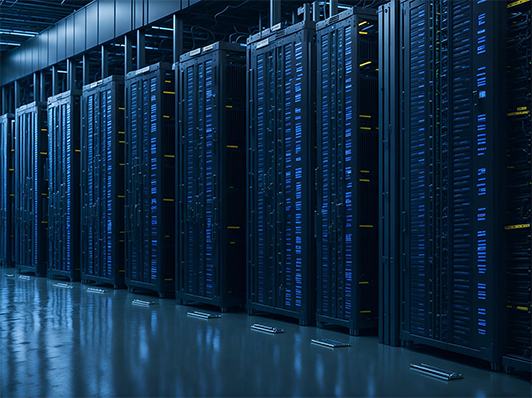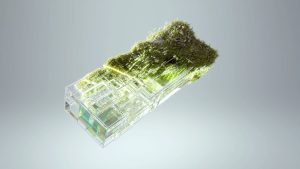Green Data Centers: Revolutionizing Sustainability in the Digital Age

Green data centers are quickly becoming the cornerstone of modern technology and sustainability. These technologically advanced facilities not only house critical telecommunications and storage systems but also provide a path to energy-efficient operations. With the increasing reliance on digital infrastructure globally, investing in environmentally conscious solutions like green data centers is more essential than ever. A strong push from governments, environmental advocates, and major corporations has propelled these facilities to the forefront of the industry, combining cutting-edge technology with eco-friendly practices.
Unlike traditional data centers, green data centers are designed to conserve energy and natural resources while lowering operational costs. A major part of their appeal lies in the use of innovative solutions such as low-power servers, hot and cold aisle containment, air-cooling systems, and state-of-the-art fiber optic cables. These methods enable high efficiency while reducing energy consumption drastically. For instance, fiber optic cables—an integral component of green data centers—are known for their ability to transfer vast quantities of data with minimal energy use, ensuring faster speeds, longer lifespans, and reduced heat emissions. Adopting these measures is proving to be a game-changer for companies aiming to reduce energy expenditures while achieving sustainability objectives.
The environmental and economic impact of green data centers cannot be overstated. According to the U.S. Department of Energy, data centers currently account for 4.4% of the nation’s electricity consumption, a figure expected to surge to 12% by 2028 if current trends persist. Astonishingly, up to 60% of a data center’s operational costs originate from energy needed to maintain optimal temperatures and performance. By integrating renewable energy sources such as solar, wind, and nuclear power, companies can significantly slash these expenditures. Furthermore, strategically locating green data centers in colder climates helps mitigate cooling costs by harnessing naturally lower temperatures to regulate equipment performance efficiently.
Governmental incentives are also hastening the shift toward sustainable operations. Nations worldwide are promoting Special Economic Zones (SEZs), offering tax benefits and subsidies to companies using renewable energy for their data centers. Paired with carbon credit markets and offsetting programs, these incentives promote a more resilient, eco-friendly digital infrastructure. U.S. states in the Southwest, for instance, capitalize on their dry climate to reduce humidity risks, while Scandinavian nations leverage freezing temperatures to further greenify data center operations.
Moreover, the integration of artificial intelligence (AI) in optimizing data center operations is a notable development. AI technologies enable smarter resource allocation, identify energy consumption patterns, and proactively notify operators regarding potential issues. These self-monitoring systems help reduce disruptions and extend the lifespan of equipment, offering better returns on investment. Recycling and reusing materials wherever feasible also lead to reduced costs and environmental footprints, though the shift to robust, advanced equipment ensures durability and less waste over time.
Tech giants like Apple, Facebook, and Microsoft are leading the charge by implementing green strategies in their data centers. Apple and Facebook have partnered with renewable energy facilities, while Microsoft’s Project Natick leverages underwater cooling solutions. These efforts highlight the growing trend of incorporating sustainability into corporate operations—not only to meet environmental goals but also to achieve long-term cost reductions and operational stability.
The strategic development of green data centers represents a model for how innovation can align with environmental stewardship, delivering benefits to businesses, society, and the planet. For companies aiming to integrate extensive green practices or build data center infrastructure, collaboration with experts in the field, such as GeoTel, can provide valuable insights. As the demand for sustainable technology grows, tapping into precise geospatial data and enhanced telecommunications networks will be critical to success. Contact GeoTel’s specialists today to learn more about driving your green initiatives forward.



